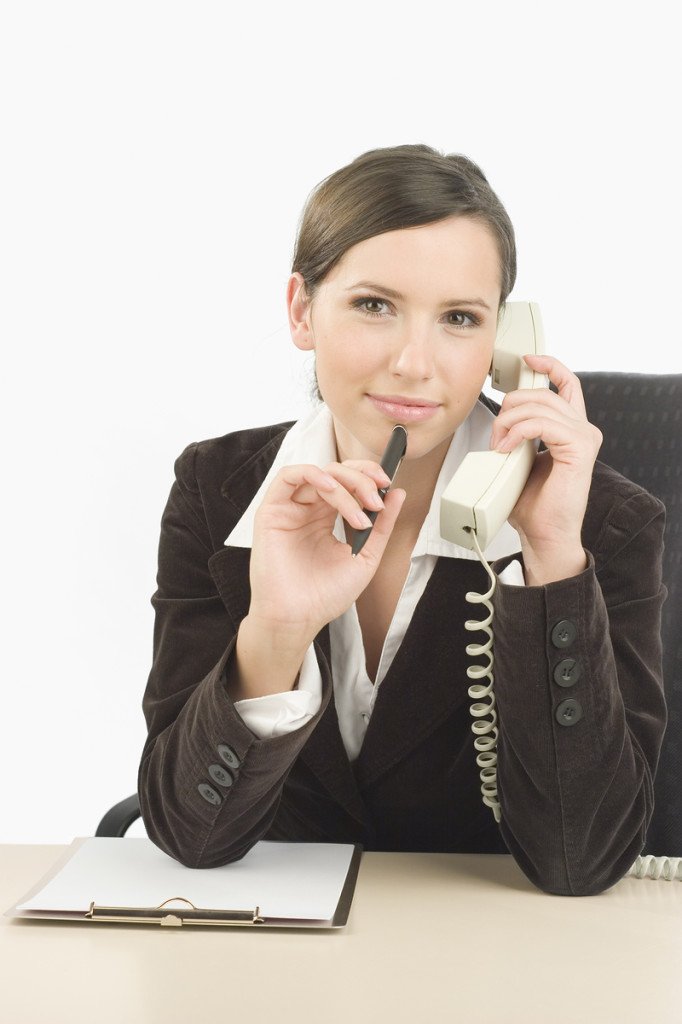The phrase “lost in translation” elicits a host of responses, be they memories of language confusion while traveling, quotes from the film of the same name, or general considerations regarding translation, its possibilities, failures, limits. The most obvious associations for many are comical in nature, reflecting harmless vocabulary lapses or cultural naiveté. And then there are the more everyday instances of linguistic imprecision or confusing inconvenience. Finally, there are examples with graver results, examples wherein being “lost” predicates terrible discovery.
Free image courtesy of FreeDigitalPhotos.net
One such example is that of Willie Ramirez, a Cuban-American high school baseball star who, in 1980, found himself in a hospital, quadriplegic. The culprit of this terrible realization was a simple and avoidable translation error: after Willie was rushed to the hospital for intense headaches and fleeting consciousness, a communication rupture between Willie’s doctors and family members occurred, resulting in Willie being treated incorrectly for a self-induced drug overdose, allowing an intracerebellar hemorrhage to fester, unnoticed for two days.
The rupture stemmed from a single word—predictably, a false cognate: intoxicado. In Cuban Spanish, it is used to describe a person who’s ingested bad food or drink; it is not used like the English intoxicated, which refers exclusively to someone who’s consumed alcohol or drugs. The words were apparently used to both inquire if Willie had ingested drugs and to state that Willie may have been sick after consuming a bad hamburger at the fast-food chain Wendy’s.
The imperfect memory of both the medical workers and Willie’s family regarding exactly what was said and who said it leave only the word intoxicado as the official record. Once the hemorrhage was discovered, emergency surgery was performed, but the lasting damage was done. A resulting lawsuit brought a settlement of $71 million. The annual salary of a medical interpreter is $40 thousand.
Although the case is improbable and singular, it is nonetheless a terrible reminder of translation’s value and necessity.
Read more on this story here.













